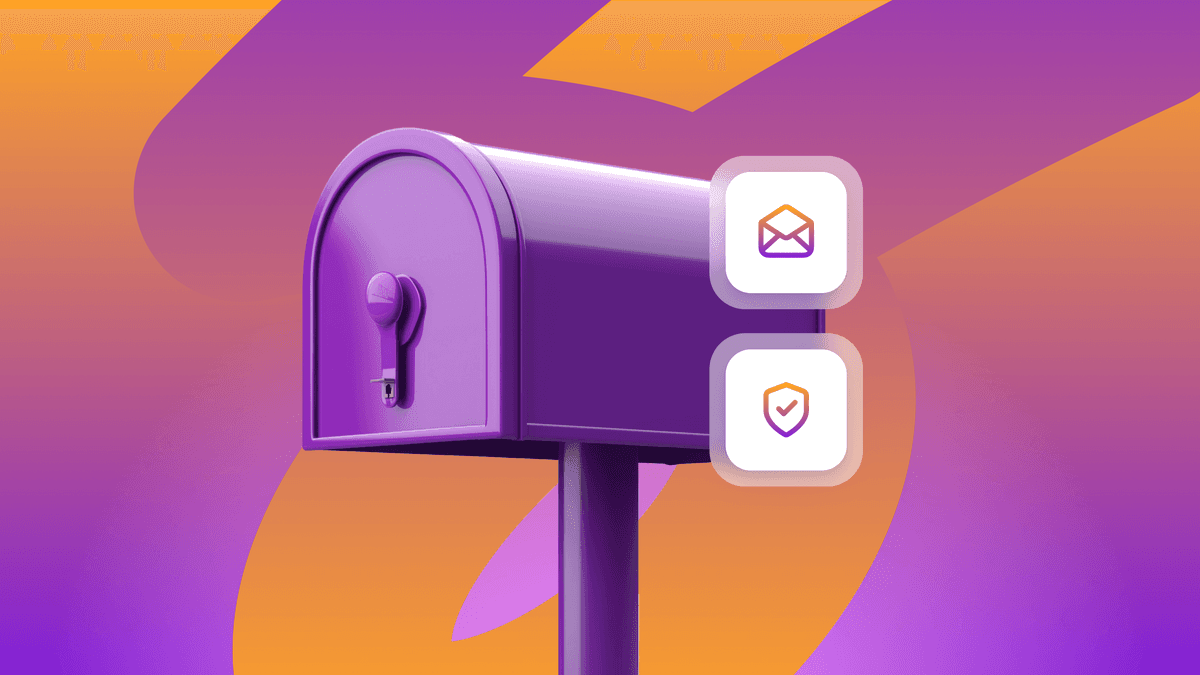Left Brain, Right Brain: Customer Engagement at the Intersection of Creativity and Tech
Published on October 03, 2019/Last edited on October 03, 2019/4 min read


Team Braze
For centuries, scientists have been fascinated by the differences between the two hemispheres of the human brain. And while the notion that the left side of the brain concerns itself with logic and mathematical thought while the right side of the brain performs more creative tasks may be something of an oversimplification, it’s one that’s persisted for years and years. And just as many individuals struggle to balance their creativity and logical sides, the rise of mobile and a new landscape of engagement technologies has left a lot of companies looking for ways to use the tech at their disposal in ways that speak to the creative, the intuitive, the human.
But what’s really possible when you bring these things together? And how can brands improve their customer engagement efforts once they have creativity and technology working side by side. To find out, Braze brought together leaders from a range of top agencies to do deep into the ways creativity and technology can work together to stimulate stronger engagement and deeper customer relationships. Here are four big takeaways:
1. You have to support the right mix of personalities
Winston Binch—chief brand and experience officer at Gale Partners—told us that, in his experience, left-brain and right-brain people don’t always get along. “But when you do have the right set of personalities in the room, magic happens,” Binch said. If you want to put together a group that can effectively collaborate on unique marketing ideas, you need to ensure a balanced mix of people from the logic side and the creative side.
But how can brands find a set of tools that can be used effectively by this unique mix of personalities. Al Harnisch, former VP of Growth at Prolific Interactive, told us that it all comes down to building cross-functional teams that are capable of working closely together and communicating openly. You need to “understand what all their pain points are, their challenges in terms of how the tech is enabling them or not enabling them,” Harnisch said. Then you can start to reach a consensus and build a unique technology stack that’s capable of benefiting all sides of your company.
2. Without creativity, plumbing is just plumbing
“Assuming everybody had the same infrastructure—the same plumbing, if you will—how do you communicate your brand?” asked Barbarian CEO Steven Moy. As the customer journey is increasingly disrupted across every touchpoint, teams often find themselves relying on their “plumbing” alone to craft and deliver personalized messaging in connection with their brand. But prioritizing technology over actual creative thought can lead to issues.
“My belief is smart targeting [and] personalization isn’t worth a dime unless you have something to say,” Binch told us. “The plumbing is super important, and I’m a huge believer in what data can do for business and AI, but we can’t forget about the magic. Without creativity, plumbing is just that—plumbing. A technology to take something from one place to another. To support truly powerful marketing experiences, your brand needs to your technology and your creative minds to work together in concert.
3. Emotion still drives great messaging
What’s a cheat code for connecting creativity to technology? For Binch, one word rises to the top: Emotion. Enhancing powerful technology with a helping of heart-stirring emotion is a winning way to engage your customers. And it’s a powerful way to imbue your customer engagement strategy with a human-centric feel.
“I think in this day and age as marketers, we have to strive to really connect our tech products to emotion,” Binch said. “It’s not easy, and I think that’s why a lot of people steer away from it and want to go to the comfort of data and performance. But you really need people that can get in there, have emotional intelligence, and figure out how to make [consumers] feel something.”
4. People come first
Brilliant customer engagement needs a real partnership between technology and the human side of things. “Looking at the whole journey, understanding the nuances of that, how that’s changing over time, is something that’s going to be very hard for a machine to do on its own,” Binch told us. Customer engagement still requires a marketer who is capable of empathizing with the customer in order to forge a powerful, lasting connection.
Final Thoughts
Want to learn more about the ways creativity can be a game changer in the agency world? Check out a look at how Moy thinks about creativity in connection with today’s deconstructed customer journey.
Related Tags
Be Absolutely Engaging.™
Sign up for regular updates from Braze.
Related Content
View the Blog
Look out: Outlook's new email requirements and what they mean for Braze senders

Alison Gootee

How the Braze Data Platform enhances flexibility and fosters collaboration

Sahiz Kaur

Customer churn prediction: Using data for smarter retention
